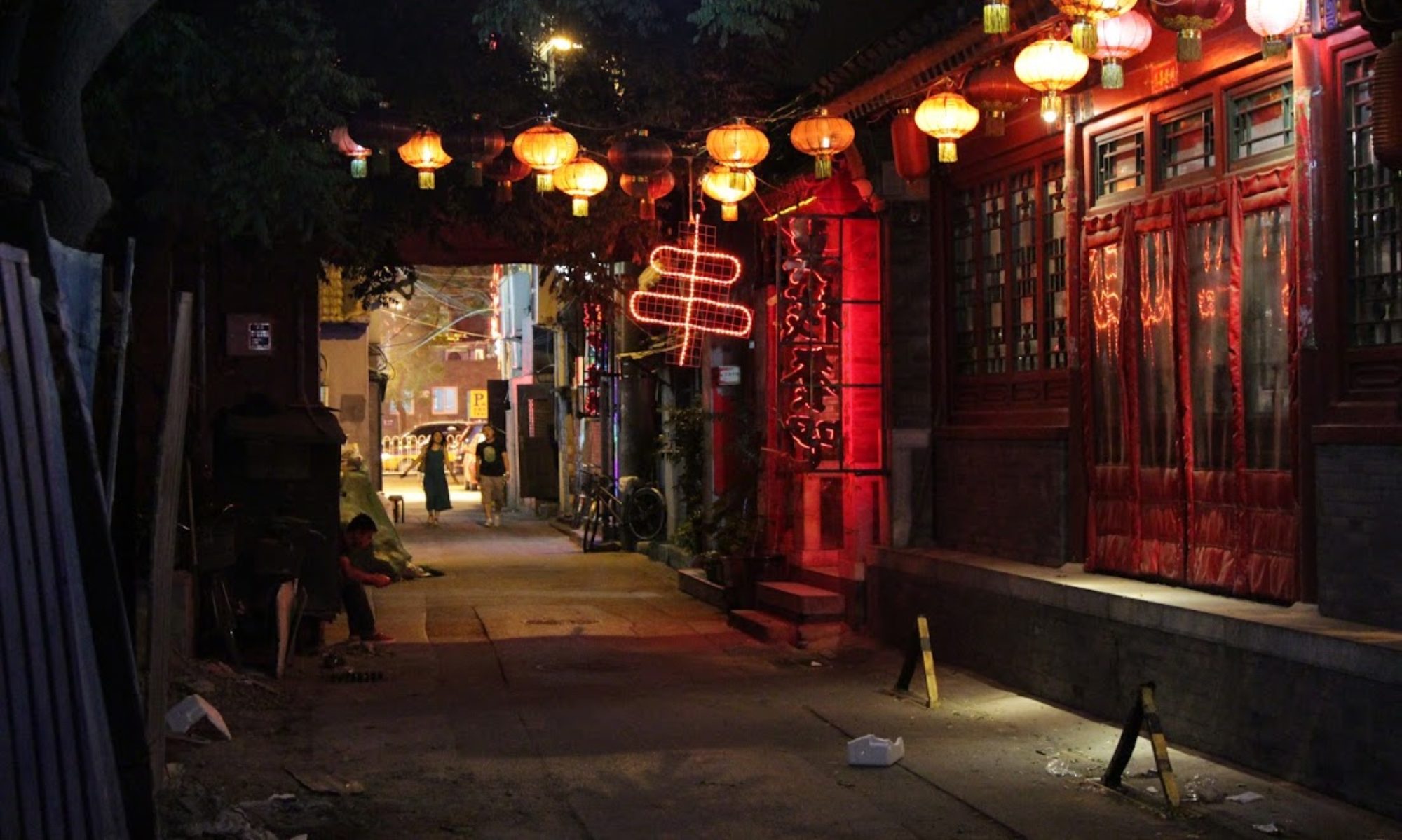1. Birthdays: A certain optimist said the following quote regarding birthdays. “Birthdays are great, it’s when everyone tells you they’re happy you were born. Soak it up and be thrilled that you’re alive, that you’re so dank, that you have an awesome life and that it’s going to get even better.”
I tend to be a pessimist regarding birthdays. I prefer giving gifts [usually handmade/written] to people, and never seem to appreciate receiving gifts as much as I enjoy giving them – as cliché as it sounds. The words ‘happy birthday’, particularly when said on Facebook, seem more of an obligation than genuine.
Regardless, this year’s birthday went pretty well. After spending the morning on the 19th ingesting ‘The Da Vinci Code’, I crawled out of my bed at lunchtime and went to a PC cafe. There I received e-mails from Drew and Bany urgently begging me to come to the AFS office to help plan trips.
Recognizing their message as a birthday ploy to surprise me with either dancers, apple turnovers, or an impromptu Bruno Mars concert – I continued using my computer. But after an hour of wasting time on YouTube, I decided to give in. I walked to the AFS office, sat down, and pretended to be surprised when Drew, Bany, and Balthazar came out with a cake. It was surprisingly tasty, unlike most ‘Western’ baked goods available in Ghana.
2. Traveling: While Mama was here, we visited Cape Coast, Hohoe and Kumasi. But two days per city wasn’t nearly enough, so I am planning return trips to each of those cities. In Hohoe I will be going on a cruise of the Volta Lake – where most of Ghana’s tilapia come from. I’ll also be returning to the Tafi Atome monkey sanctuary and hiking to Wli’s upper falls.
3. More Adventurous Eating: …Where do I begin? I’m a huge fan of Andrew Zimmern, despite being raised by macrobiotic pescatarians. As Zimmern says, “one perfectly normal meal for one culture is easily considered ‘bizarre’ to the next”. One example is the American concept of eating meat. Here in Ghana, you don’t eat large quantities of meat (i.e. a steak dinner, meal of chicken nuggets, etc). Small quantities of meat are always accompanied with larger amounts of grains – usually rice.
‘Bizarre’ is a relative word. Some think large quantities of meat are bizarre, others may think eating guineafowl, tilapia heads, and bushmeat is bizarre.
The guineafowl I recently ate was grilled whole, then separated into pieces in a takeaway container. The meat was moister than chicken, and had a deeper/gamey flavor. Guineafowl have no fat and are relatively small. Most of the bones are edible, and actually taste quite delicious. But after 10 minutes of chewing bones, my jaw became sore and I had to stop.
When I refer to ’tilapia heads’, my parents are probably thinking that I mean the tilapia ‘collars’. Collars are the most flavorful and moist meat – located on the top of the fish. Instead, the meat I’m talking about tasting is located within the head. A Ghanaian showed me how to properly crush the head by pushing in, and extract the extremely small, pea sized tilapia brain. It tasted rather pithy/sandy, but it is the prized piece of fish for Ghanaians.
Finally, I tasted grasscutter for the first time yesterday. Grasscutters are essentially rats that live in the African bush, and grow to be up to 20 pounds.
It was smoked and part of a soup called ‘green green’. To me it tasted slightly of sage. The only issue I had with it was that some pieces tasted better than others – supposedly because of the way they are smoked. The leg meat tasted horribly of formaldehyde, but the upper body was delicious.
4. Awaiting Too Much To Do: This is driving me crazy. My to-do list is steadily growing, and it’s composed almost entirely of things that I cannot accomplish due to distance from home and terrible Ghanaian internet. This is one of the primary disadvantages of taking a gap year.
Current To-Do List:
























































 Mama always said that if you deep fried a shoe, it’d taste good. And while I have yet to taste a deep-fried shoe, the theory of anything deep-fried tasting delicious has yet to be proven wrong.
Mama always said that if you deep fried a shoe, it’d taste good. And while I have yet to taste a deep-fried shoe, the theory of anything deep-fried tasting delicious has yet to be proven wrong.






















